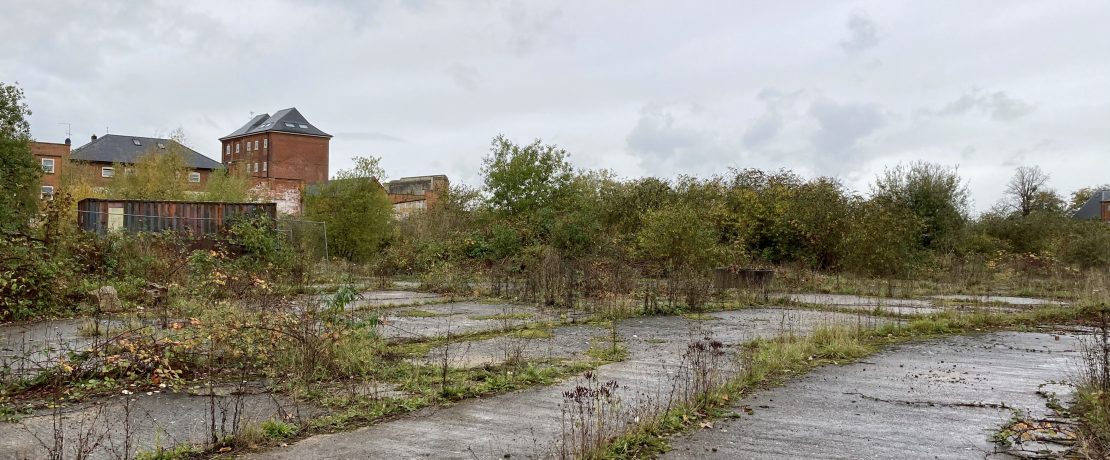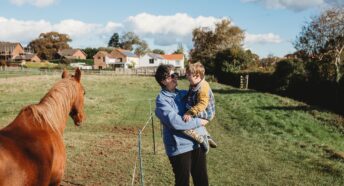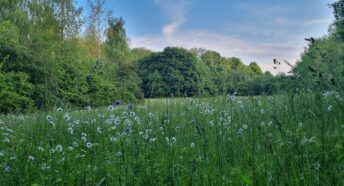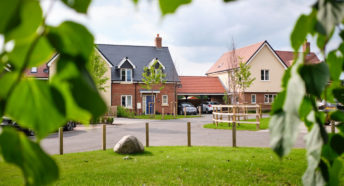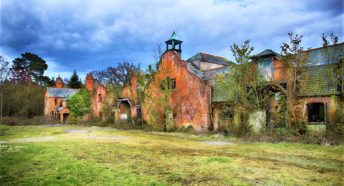Enough brownfield land for 27,900 new homes in Hampshire, CPRE report reveals
There is enough brownfield land for almost 27,900 new homes in Hampshire and over a third of sites already have planning permission, a new report from CPRE, the countryside charity, has revealed. Nationally, there is capacity for 1.3 million new homes on brownfield land and over half a million already have planning permission.
The figures for Hampshire and across the country demonstrate that there is already enough available and suitable land in the planning system to meet the government’s ambition to build 300,000 homes a year for the next 5 years (this Parliament), calling into question the controversial plans to deregulate the planning system that has been proposed by Ministers.
CPRE Hampshire has highlighted that the method of calculating housing numbers is the single biggest issue facing Hampshire in the government’s recent Changes to the Current Planning System consultation. The government proposes to allocate 9,275 new homes a year to Hampshire (46,375 over 5 years), although the Office for National Statistics projects only 4,097 new households will be formed (20,485 over 5 years).
Brownfield land – land that has previously been built on, and now sits derelict or vacant – provides a valuable resource in the protection of our green spaces and countryside from development. The State of Brownfield report 2020 is the latest in a series of yearly CPRE reports on the Brownfield Register, which catalogue the number of brownfield sites available for development. Brownfield Registers were first introduced in April 2017 following CPRE’s Waste of Space campaign.
In Hampshire, more than 470 brownfield sites have been identified, with the largest number of sites in Portsmouth (65), Hart (63) and Basingstoke and Deane (57). Portsmouth also has the largest sites by size (119 hectares), closely followed by Gosport (115.5 hectares) and Havant (111 hectares). The greatest number of homes that could be provided by sites are in Portsmouth (5,522 homes), Southampton (3,779) and Hart (3,328).
The analysis clearly demonstrates that the planning system is not slowing building rates. There is currently planning permission for over half a million (565,564) units on brownfield land, of which almost 11,800 units are in Hampshire. In February 2020, the Local Government Association found that over one million homes in total had been granted planning permission but not yet built. This means that brownfield sites and other unbuilt sites with planning permission could provide over 1.5 million new homes – clearly demonstrating there is already enough suitable land in the planning system to meet the government’s 300,000 annual target for the rest of this Parliament.
Commenting on the Hampshire figures, Caroline Dibden, vice president of CPRE Hampshire, the countryside charity, said:
‘CPRE’s analysis is based on sites included on Local Planning Authority Brownfield Registers. It is therefore a snapshot in time and is dependent on when local authorities update their registers. Brownfield sites include those where the entire site area meets the definition of previously developed land, are of at least 0.25 hectares (0.61 of an acre) or capable of supporting at least 5 homes and are suitable and achievable for residential development.
However, the overall potential of brownfield land for new homes is likely to be even higher. Brownfield Registers are solely reactive to sites being put forward by owners and developers rather than the Local Planning Authority proactively seeking sites. There will also be many smaller sites of less than 5 homes, which are not included. The impact of Covid-19 on town and city centres may well have a marked effect in the future too.’
Commenting on the national figures, Crispin Truman, chief executive of CPRE, the countryside charity, said:
‘These figures clearly show that the planning system is not what is ailing our housing market. If there is enough land in the planning system to meet the government’s own housing targets, what will an overhaul of the planning system, with rushed and untested changes, really achieve? It’s clear the government have gravely misdiagnosed the problem – slow build out rates and market led housing are blocking the quality affordable housing that rural communities are crying out for.
But there is a real prize in brownfield – what says ‘build back better’ more than adopting a truly ‘brownfield first’ approach that will breathe new life into the long forgotten and derelict areas in our towns, cities and villages. This approach will deliver huge benefits building the affordable homes in areas where communities want to live, providing access to better transport links and amenities and services they need.’
In order to make best use of suitable brownfield land, CPRE is urging the government to introduce a genuine ‘brownfield first’ policy, which ensures that suitable previously developed or under-used land is prioritised for redevelopment over green spaces and countryside.
CPRE Hampshire’s responses to the government’s plans to change and deregulate the planning system are available from www.cprehampshire.org.uk.
Recycling our land: the state of brownfield 2020, CPRE
